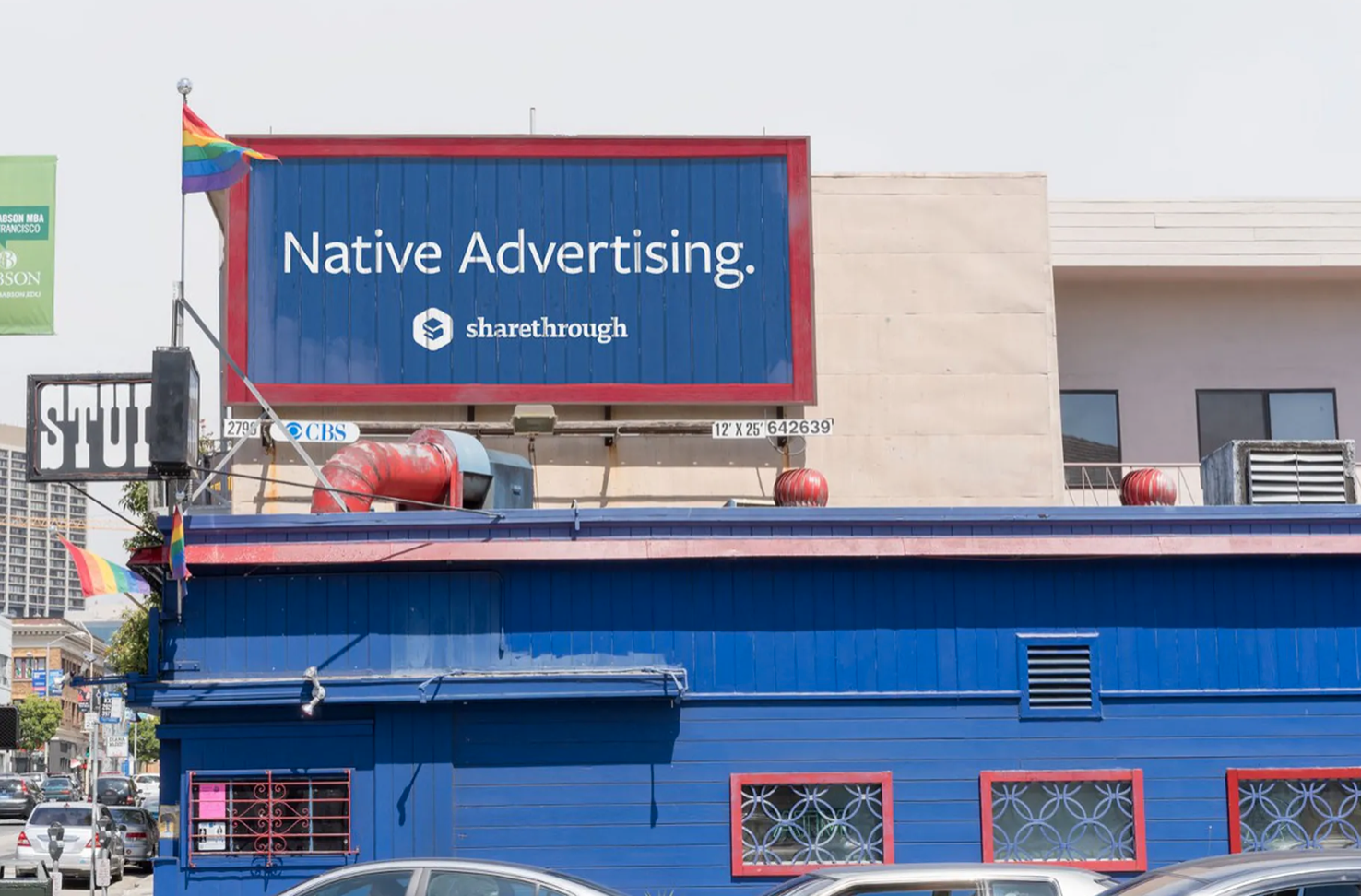Launching early November 2025. Early‑beta registration now open.
If you work in technical services — security, fire, access control, HVAC, pumps, or facilities — you’ll know the job has changed. Equipment is smarter, software stacks are denser, and the average van now carries more PDFs than tools.
The result? Engineers are spending too much time searching, phoning tech support, and trawling manuals instead of fixing problems for customers.
Super Engineer is our answer: an AI assistant for tradesmen that puts page‑specific know‑how from thousands of instruction manuals directly in your hands, wrapped in a simple, field‑ready experience. It’s made by engineers, for engineers — and it’s ready to help you solve technical problems in seconds, not hours.
Why engineers need AI now
Modern systems blend electronics, firmware, networking, and cloud services. A routine call‑out might involve a legacy keypad, a brand‑new IP camera, a quirky access controller, and a third‑party cloud app with its own quirks. Each manufacturer publishes hundreds of pages of documentation, often across multiple software versions.
That sprawl creates real‑world pain:
Information overload — critical details are buried across dozens of PDFs.
Time pressure on site — customers expect instant fixes; technicians juggle multiple brands and models daily.
Team knowledge gaps — what one veteran knows isn’t always captured for everyone else.
AI is the missing layer. When it’s trained on the right sources and tuned for the way engineers actually work, it becomes a practical tool that speeds up fault‑finding, reduces repeat visits, and keeps teams confidently up to date.
What Super Engineer does differently
Super Engineer combines AI reasoning with a deep, curated knowledge base so you can ask a question in plain language and get a clear, checkable answer. Here’s how it helps on site:
Manual‑backed answers: Get concise fixes with page‑specific references so you can verify the guidance directly in the manufacturer’s manual.
The “Brain”: Our central knowledge store contains thousands of instruction manuals and troubleshooting notes, with the ability to add your own company specifics.
Team‑ready: Upload internal settings, preferred configurations, and site notes once; your whole team benefits the next time the same issue crops up.
Works across technologies: Security, fire, access control, HVAC, pumps, and more — because real jobs rarely involve just one brand or system.
Built for speed: Answers are short, clear, and actionable — ideal when you’re on a ladder, in a plant room, or explaining options to a customer.
In short: less time hunting for information, more time fixing the fault.
The backstory: from one team’s idea to an industry platform
Super Engineer started life as a practical idea to help AMCO Security’s engineering team cut through documentation and speed up support. We prototyped a tool that could understand manuals, surface the right page instantly, and present a clear fix path. It worked — and the impact was immediate.
Very quickly, it became obvious this wasn’t just a “nice‑to‑have” for one company. The same pain exists across the wider security industry and beyond. So we expanded the scope: build an assistant that helps every service engineer — from alarm installers and access‑control specialists to electricians, plumbers, and HVAC engineers. Super Engineer is the result.
Where this is headed
We’re relentlessly focused on practical utility: better sourcing across more manufacturers, smarter fault‑trees, richer page citations, and team features that capture your best fixes for everyone. We’re also exploring hands‑free experiences for work where your other hand is holding a multimeter, not a phone.
Our north star never changes: make engineers faster, more confident, and more effective on every job.
Launch timeline & how to get early access
We’re preparing for a public launch in early November 2025. Ahead of that, we’re opening up an early beta for engineers and teams who want to help shape the experience.
Register your interest: Head to SuperEngineer.app and sign up as an early‑beta user.
Who we’re inviting: Security, fire, access, HVAC, pumps, facilities, and related trades. If you carry a toolkit and tackle technical systems, we want you in.
What you’ll get: Early access to features, the ability to upload your own manuals/settings, and a direct line to the product team to influence what ships at launch.
A note to manufacturers & service leaders
If you run tech support or oversee a field team of tradesmen, Super Engineer helps reduce call volumes, standardise fixes, and preserve institutional knowledge. Manufacturers can provide verified content and configuration guidance so installers get the right answer first time.
If that sounds valuable, we’d love to talk.
Join us
Blue‑collar work isn’t just resilient in the age of AI — it can thrive with the right tools. Super Engineer exists to make that happen.
Become a Super Powered Engineer. Sign up for the early beta at SuperEngineer.app, and help us build the assistant you’ll rely on every day.















